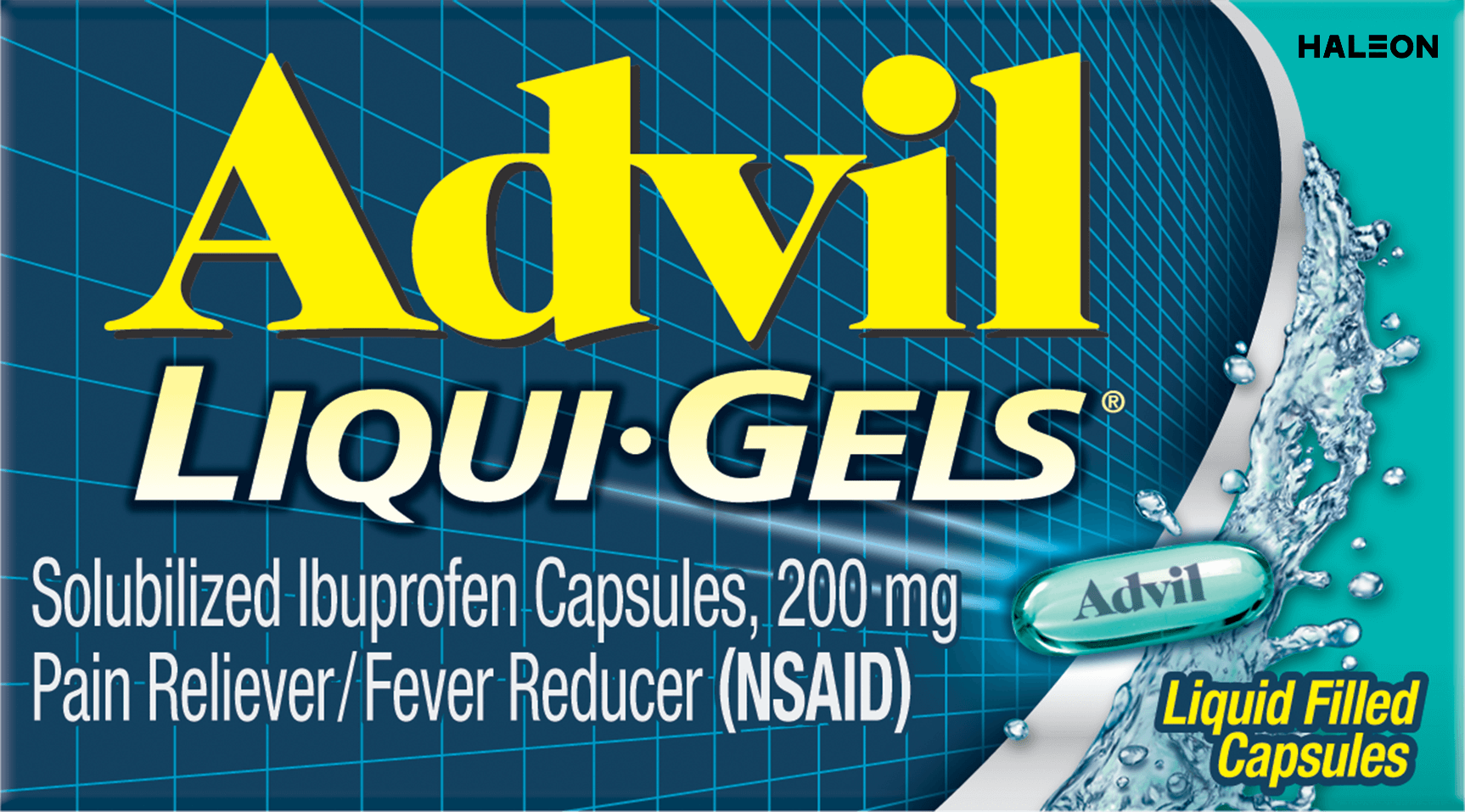Identifying Injuries
Muscle Aches & Pains

Being physically active shouldn't be painful, but occasionally, injuries do occur. The most common ones often are what sports physicians call “overuse” injuries—usually a result of trying to do too much too soon.
General muscle aches and pains are normal when you start a new activity or increase the intensity or duration of exercise. Proper stretching during the cool-down phase can help prevent much of the "day-after" muscle soreness. Pain in joints or ligaments, on the other hand, is typically a cause for concern.
The most common types of injuries
- Muscle pulls and strains: tears in muscle fiber and tendons due most frequently to improper stretching.
- Sprains: tears in the ligaments that connect bones - these typically occur when joints are suddenly turned in an awkward manner with some force.
- Tendonitis: inflammation of the tendons that can impair joint movement, usually caused by overuse or improper technique.
- Stress fractures: cracks in the bone's surface, indicating trauma just short of a break.
- Broken bones: fractures to the skeletal structure, usually obvious due to severe pain and always requiring medical attention.
Self-treatment guidelines
Fortunately, many of the most common injuries can be treated at home after you've assessed the severity of the injury and have determined that medical advice is not required. For strains and sprains, the most commonly recommended guidelines can be easily remembered by the acronym R-I-C-E, for Rest, Ice, Compression, Elevation:
- Rest the injured area immediately to cut down on blood circulation to that part of the body.
- Apply ice immediately—it shrinks blood vessels and reduces swelling.
- Compress the injured area with an elastic bandage or cloth to help reduce swelling.
- Elevate the damaged part to a level higher than the heart.
When to see a doctor
Let common sense guide your decision about whether to seek medical attention, using the degree of pain and the circumstances of the injury as guidelines. Generally, see a doctor if:
- Pain is extreme or persistent.
- You've suffered trauma to any joint, possibly affecting underlying connective tissue.
- An injury does not heal in a reasonable time.
- You develop an infection or fever.
- You're unsure about the severity of the injury.




